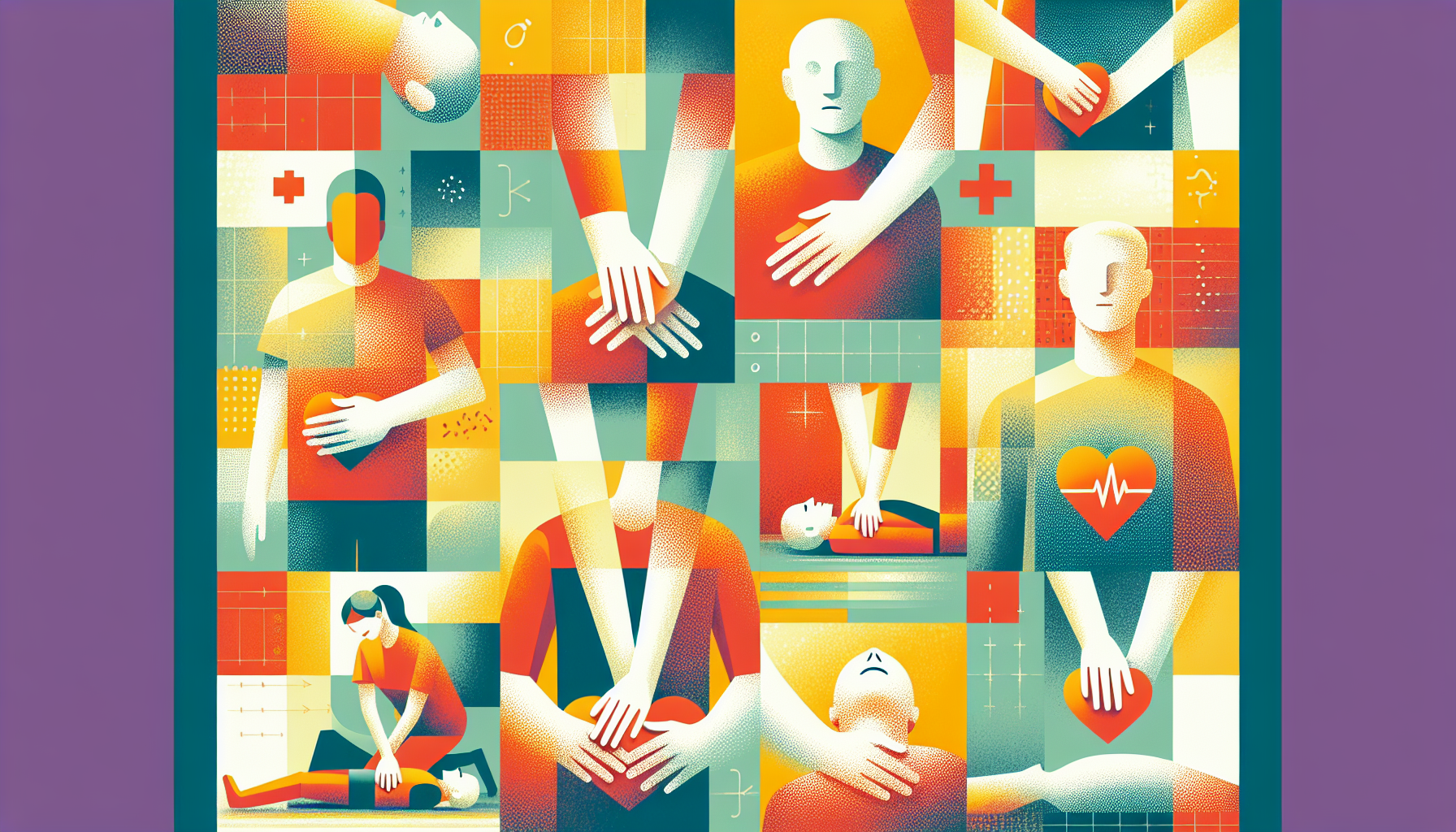Tirzepatide for Sleep Apnea - Can It Help?
Understanding Sleep Apnea and Its ChallengesSleep apnea is a common yet serious sleep disorder characterized by repeated interruptions in breathing during sleep. These pauses [...]
Read MoreIn an emergency situation where someone has collapsed or become unresponsive, it's crucial to act quickly and perform hands-only CPR. This simple technique can help save a life while waiting for professional medical help to arrive. In this guide, we'll walk you through the steps of performing hands-only CPR.
Before starting, it's important to note that you should call 911 immediately if a person collapses or becomes unresponsive. If you're not alone, have someone else call 911 while you begin hands-only CPR.
Start by tapping the person's shoulder and shouting, "Are you OK?" Look for normal breathing. If there is no response, begin hands-only CPR.
Note: Hands-only CPR should not be used for adults whose cardiac arrest is due to drug overdose, near-drowning, or an unwitnessed cardiac arrest. In these cases, perform conventional CPR, which includes a combination of chest compressions and rescue breathing.
Place the heel of your hand on the center of the person's chest.
Place the heel of your other hand on top of your first hand, lacing fingers together.
Keep your arms straight and your shoulders directly over your hands.
Push hard and fast, compressing the chest at least 2 inches.
Let the chest rise completely before pushing down again.
Compress at a rate of at least 100 times per minute.
For a visual demonstration of hands-only CPR, watch this video from the American Heart Association.

Continue performing hands-only CPR until one of the following occurs:
The person starts breathing normally.
A trained responder or emergency help takes over.
You become too exhausted to continue.
An automated external defibrillator (AED) is available for use.
If an AED is available, follow these steps:
Turn on the AED. It will provide step-by-step instructions.
Wipe the chest dry and attach the pads.
Plug in the connector, if needed.
Ensure no one is touching the person and say "Clear" to alert others to stay back.
Push the "Analyze" button, if necessary.
If a shock is advised, push the "Shock" button.
Resume compressions and follow the AED prompts.
Remember, the most important thing is to act quickly and perform hands-only CPR until help arrives. Your actions could make the difference in saving someone's life. For more information on hands-only CPR and other life-saving techniques, visit the American Red Cross or the American Heart Association websites.
Understanding Sleep Apnea and Its ChallengesSleep apnea is a common yet serious sleep disorder characterized by repeated interruptions in breathing during sleep. These pauses [...]
Read MoreHeart attacks are often perceived as a predominantly male health issue, but the reality is that heart disease is the leading cause of death for women worldwide. Recognizing [...]
Read MoreTelehealth has transformed the way patients access healthcare, offering convenience, speed, and accessibility that traditional in-person visits often cannot match. With the [...]
Read More